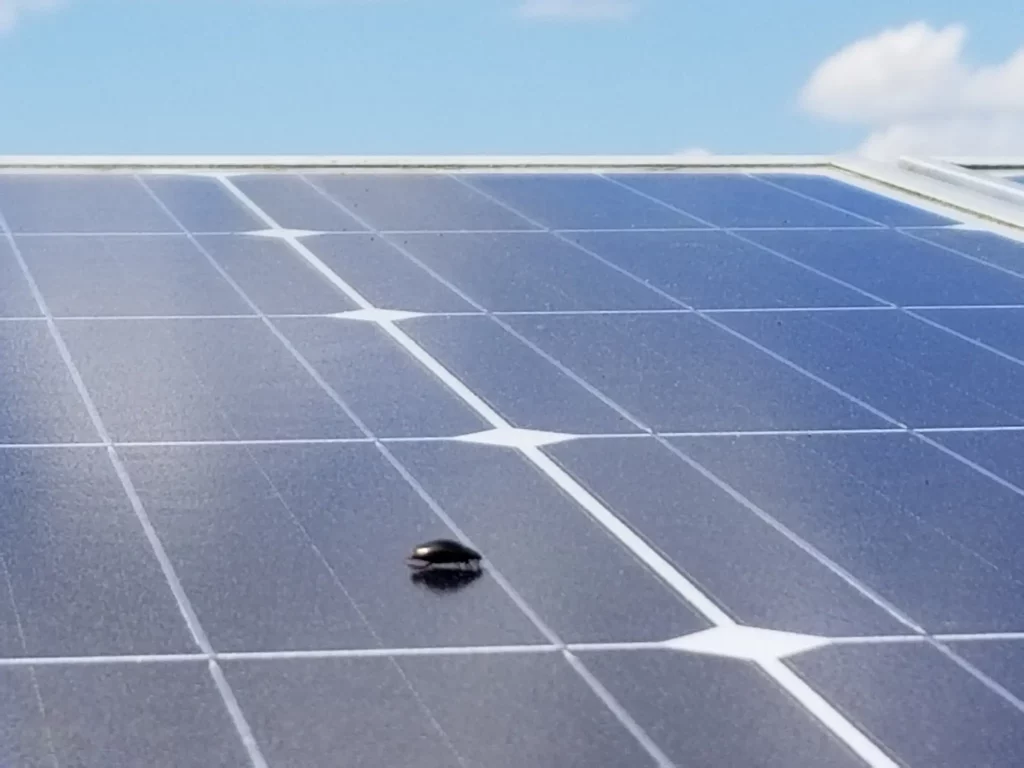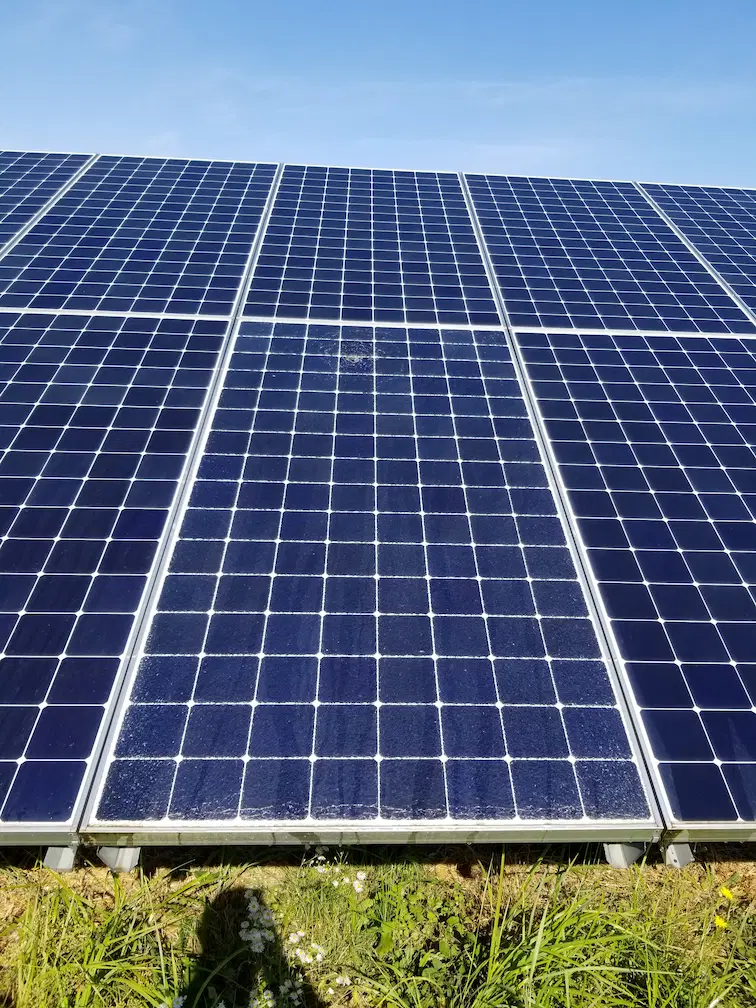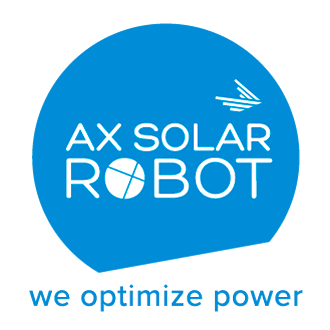How long does a solar panel last?
A photovoltaic solar panel is made up of silicon-based photovoltaic cells. Assembled in series, they generate electricity by capturing the sun’s rays. To ensure optimum protection, these cells are protected by tempered glass, a particularly resistant material that shields them from the elements and falling branches.

The lifespan of a solar panel and a photovoltaic panel is one of the essential points that people always ask about before investing in a solar installation project.
That’s why it’s important to ensure that your photovoltaic panels will last long enough to pay for themselves. The durability of a solar panel depends on the quality of the materials used in its manufacture, the energy production system chosen, and the maintenance of the device.
The beginnings of large-scale solar panel production in France date back to the 1970s. Today, experts are beginning to have some hindsight and sufficient data to compare the theoretical and practical longevity of solar panels. What is certain, however, is that the 20 to 30-year lifetimes guaranteed by manufacturers have been far exceeded.
The average lifespan of a solar panel
According to a study carried out by the Hespul association, under the right installation and maintenance conditions, solar panels have a lifespan of around 40 years. Although manufacturers predict an average power loss of 20-25% after 20 years, the reality is quite different. The actual power loss over this period is around 8.25%.
What factors can affect the lifespan of a solar panel?

Even with a perfectly installed and maintained solar system, external factors can affect the components and operation of photovoltaic panels:
-Temperatures: large fluctuations in temperature, as well as high temperatures, lead to premature wear and tear on the system.
-Moisture: if consistent and long-lasting, it can cause corrosion.
-Weather: large hailstones or lightning can damage solar panels.
-Dirt: dust, pollution, pollen, sand, sea salt and plant deposits are all elements that clog up solar systems and can reduce their lifespan.
If the installation is located in a geographical area that can be affected by these elements, it’s important to maintain the solar panels even more regularly. Visual inspections are most often possible, to check that nothing can damage the photovoltaic panel installation. You should also have the whole system inspected every one or two years.
How to keep a solar panel performing as long as possible
While some weather conditions, such as temperature and humidity, cannot be controlled, others, such as lightning and hail, can be anticipated using certain techniques:
The lightning arrester: this device protects against a power surge caused by a lightning strike on your installation;
Anti-hail netting: placed over your installation, these solidly woven nets made of high-density polyethylene disperse hailstones and prevent damage to your panel from impact;
Slope: if you minimize mechanical stress on the frame, you’ll reduce wear and tear on your panels (for example, by simply following the slope of your roof, without trying to give your panels more slope).
Tempered glass: some solar panels are equipped with a tempered glass pane to protect the collectors, providing better protection from the elements without compromising performance.
These techniques must be adapted to the weather conditions in the area where the panels are installed. There’s no need to install hail-proof netting or tempered glass panels if the installation is located in a region that rarely experiences violent hailstorms. Similarly, if the installation is located in a very sunny region, you should always ensure that the panel model chosen is designed to withstand high temperatures.
